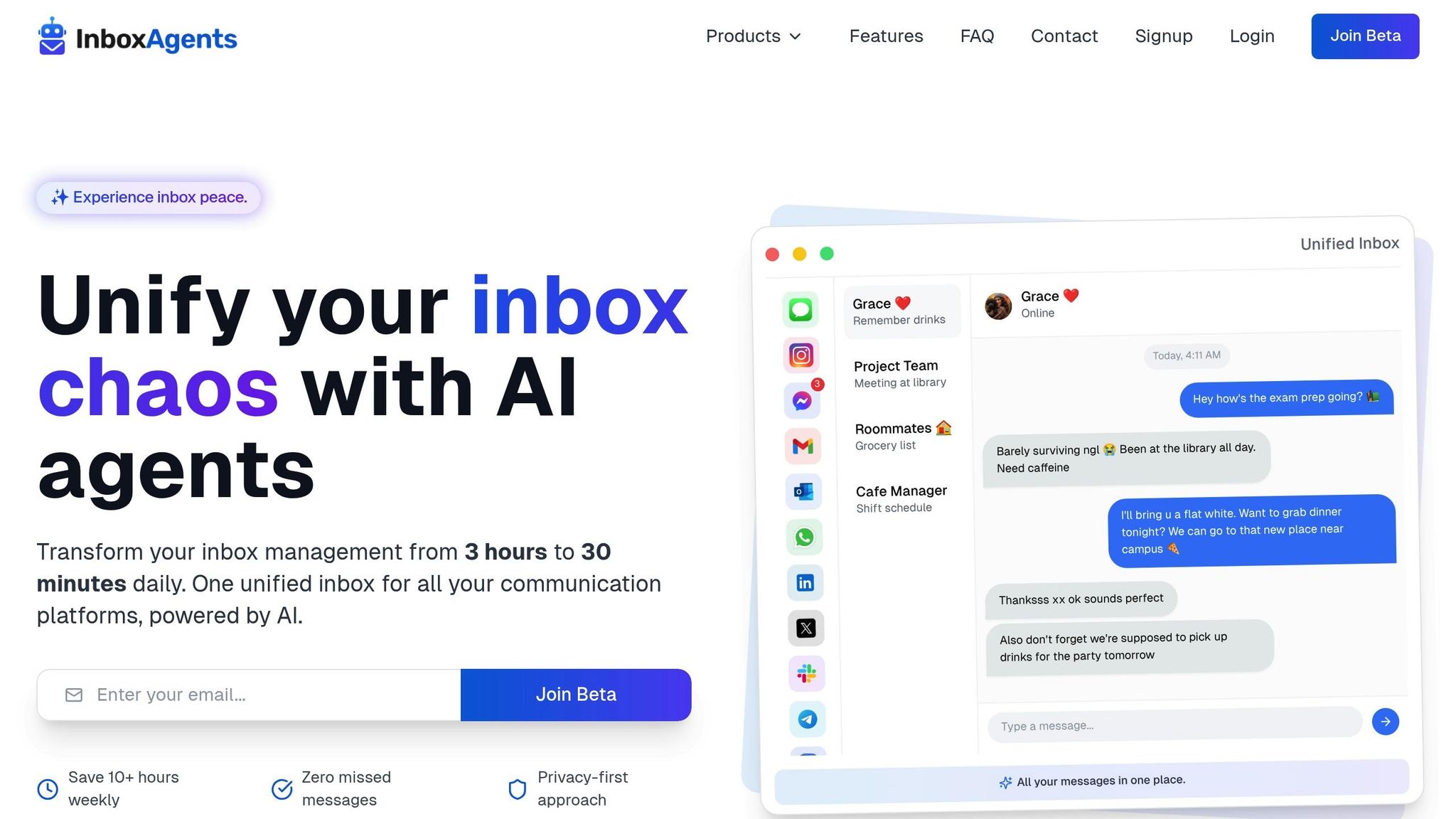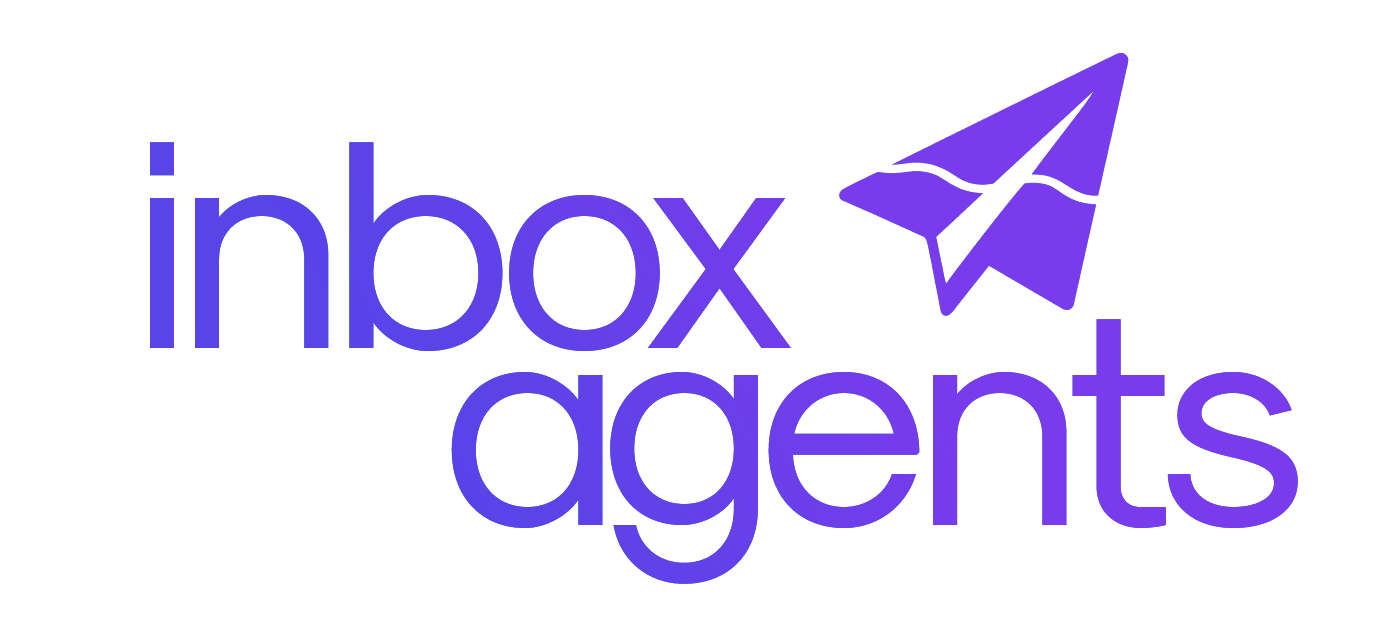
How Real-Time Sync Improves Messaging Efficiency
Real-time sync ensures that updates - like messages, notifications, or status changes - are instantly reflected across all devices and platforms. This eliminates delays, reduces errors, and keeps everyone on the same page. Here’s how it boosts messaging efficiency:
- Instant Updates: Messages appear immediately on all devices, ensuring faster responses and better decisions.
- Fewer App Switches: Syncing across tools like Slack and WhatsApp saves time by reducing platform toggling.
- Accurate Data: Real-time updates prevent confusion caused by outdated or conflicting information.
- Automation: Syncing integrates with automation to streamline tasks, saving time and improving productivity.
Lesson 1.1: Chat Sync overview | Mio Academy

How Real-Time Sync Boosts Messaging Efficiency
Real-time synchronization ensures instant, consistent updates across devices, creating a smooth communication flow. It eliminates the delays and confusion often associated with traditional messaging systems.
Instant Message Updates Across All Platforms
With real-time sync, updates appear immediately on all devices. Take WhatsApp, for instance - it delivers messages instantly, even in low-network conditions, allowing users to switch effortlessly between their phone, desktop, and web versions. This ensures that everyone is on the same page at the same time, enabling faster responses, better decision-making, and avoiding the risks of outdated information.
This instant delivery not only speeds up communication but also reduces the constant need to toggle between platforms.
Less Time Switching Between Different Platforms
Jumping between apps to stay updated can be a major time sink. Real-time synchronization brings conversations together across tools like Slack, WhatsApp, and Microsoft Teams, so users can stay informed without app-hopping. For example, sales teams can benefit when synced messages flow directly into their CRM, creating a comprehensive conversation history for future reference.
"An integrated approach helps eliminate platform overload and keeps essential conversations unified, supporting both the flexibility of individual preferences and the alignment needed for effective collaboration."
This streamlined approach can boost employee engagement by up to 32%, as less time is wasted searching for scattered information, allowing teams to focus on meaningful tasks.
Better Decision-Making With Current Information
Access to the latest information through real-time sync enhances both the speed and quality of decision-making. With instant updates on customer feedback, market trends, or team activities, leaders can act quickly and confidently. In 2022, 80% of businesses reported revenue growth linked to real-time data, saving an estimated $321 billion in non-people costs, while 98% noticed improved customer sentiment.
Ciena, a networking systems company, exemplifies this by using real-time data to monitor network performance, detect issues as they arise, and respond promptly. This ensures uninterrupted service and higher customer satisfaction.
Real-time sync also prevents information from slipping through the cracks. As Carlos Almeida from SPK and Associates explains:
"There's no more like, 'Oh, you created a ticket at your end, but we didn't see the ticket at our end.'"
This level of reliability means 100% of surveyed companies reported improved detection of irregular activities with real-time synchronization. Teams can trust their data is accurate and up-to-date, enabling quicker responses and more assured decision-making.
These synchronization advantages are the backbone of advanced solutions - like those powering Inbox Agents - that elevate messaging efficiency to the next level.
Main Productivity Benefits of Real-Time Synchronization
Real-time synchronization doesn't just speed up communication - it transforms how teams work together and manage their tasks. By keeping communication data instantly updated across platforms, it eliminates inefficiencies and enhances productivity in meaningful ways. These improvements can be seen in consistent data handling, smoother collaboration, and automation-driven efficiencies.
Consistent Data and Fewer Errors
When real-time synchronization is in place, everyone on the team has access to the same, up-to-date information, no matter where they are or what device they're using. This consistency reduces confusion and prevents errors caused by outdated or conflicting data. For instance, new messages, task updates, or status changes are reflected instantly, ensuring everyone stays on the same page. A survey revealed that 90% of users were satisfied with applications that use real-time data syncing. To maintain this level of reliability, it's helpful to rely on a single source of truth, use timestamps to track changes, and monitor synchronization processes to catch potential issues early. This approach not only prevents silos but also promotes better team alignment.
Better Team Collaboration
Instant message updates create a shared communication space where team members can stay informed without unnecessary delays. This real-time connection eliminates bottlenecks that often slow down task execution. Research shows that effective communication can boost team productivity by 25%. On the flip side, poor communication can be expensive - companies with 100,000 employees lose an average of $62.4 million annually due to miscommunication, while smaller businesses with just 100 employees may face losses of around $420,000 per year. By ensuring that everyone has access to the latest information, real-time sync reduces the back-and-forth confusion that can arise when updates are delayed. However, constant connectivity does have its challenges. For example, 40% of workers report struggling to maintain 30 minutes of uninterrupted work. Setting clear guidelines for when and how to use real-time communication tools can help teams make the most of the technology without sacrificing focus.
Automated Routine Tasks
Real-time synchronization works hand-in-hand with automation to streamline repetitive tasks, giving teams more time to focus on strategic work. Automated data integration removes the need for manual processes, saving time and reducing errors. For example, businesses that have adopted advanced scheduling and synchronization tools report a 20% reduction in overtime costs within six months, with managers saving 5–7 hours per week on manual scheduling tasks. A manufacturing company using DataBlend's integration solution, for instance, was able to automate its data workflows, leading to faster reporting, improved financial planning, and fewer manual errors. Beyond that, real-time sync supports automated status updates, instant notifications for issues, and seamless task handoffs. Customer service teams, in particular, see significant benefits - 81% of Zendesk customers say that integrated tools improve their agents' productivity. These efficiencies set the stage for smarter, more streamlined communication systems, with real-time synchronization at the core of these advancements.
sbb-itb-fd3217b
How Inbox Agents Uses Real-Time Sync for Unified Messaging

Real-time sync tackles the common frustrations of managing multiple communication channels by bringing them all together in one place. Instead of juggling separate apps and interfaces, this approach simplifies how messages are handled, making multi-channel communication smoother and more efficient.
Unified Inbox for All Communication
Inbox Agents combines all your messaging platforms - email, chat, social media - into a single, instantly updating interface. With unified messaging, any incoming message appears immediately on your dashboard, no matter the platform. Plus, messages marked as read on one device are automatically updated across all others. This not only reduces IT headaches but also makes team training easier and faster.
AI-Powered Features for Better Messaging
With real-time sync, Inbox Agents' AI tools always have the most current information at their fingertips. For instance, the platform can summarize inbox activity and draft responses based on real-time data. Smart replies are enhanced as the AI processes email content instantly, ensuring your team has the context they need. The system can even generate personalized follow-ups and outreach messages by analyzing the latest conversation history.
On top of that, the AI identifies actionable items in emails and converts them into tasks so nothing slips through the cracks. Studies reveal that AI-powered email campaigns see up to 13% higher click-through rates, 41% more opens, and are increasingly relied upon - 63% of marketers use AI for email campaigns, with 47% depending on it for drafting replies.
Custom Solutions for US Businesses
Inbox Agents is tailored to meet the specific needs of businesses in the United States. It supports US formats, such as MM/DD/YYYY dates, regional time zones, and dollar-based currency. For industries where speed is critical, real-time sync ensures urgent messages are flagged and routed immediately. For example, a legal firm could use AI-driven rules to detect deadlines or time-sensitive inquiries, automatically tagging them as "Urgent" and triggering instant alerts or task creation.
With features like automated ticket routing, AI assistance, and omnichannel support, Inbox Agents helps businesses deliver seamless customer service. By adhering to local standards, the platform ensures communication stays efficient and consistent across all channels, meeting the high expectations of American consumers.
Conclusion: The Future of Messaging Efficiency With Real-Time Sync
Real-time synchronization has become a cornerstone of modern communication. With the global instant messaging market expected to hit $341.43 billion by 2030 and 4.6 billion users anticipated by 2026, businesses simply can't afford to lag behind.
Streamlined communication directly impacts productivity and employee retention. Teams benefit from instant updates, consistent data sharing, and smooth collaboration. Real-time sync eliminates the delays and inconsistencies of traditional messaging systems, creating unified workflows that keep everyone on the same page.
Platforms like Inbox Agents are setting the standard for the future of messaging. By consolidating all communication channels and integrating AI-powered insights, Inbox Agents ensures that every message, task, and update is instantly synchronized across devices and platforms. This level of synchronization protects data accuracy and timeliness, enabling businesses to make quicker, smarter decisions.
For companies leveraging AI, the move toward real-time data pipelines isn't optional - it's critical. AI-driven tools for customer service, lead generation, and communication management rely on up-to-date information to deliver accurate responses and personalized experiences.
In the U.S., where expectations for instant responses and seamless service are especially high, this technology is a game-changer. With North America accounting for 40% of mobile messaging app revenue, businesses that embrace comprehensive real-time sync solutions are in a prime position to seize new opportunities in this growing market.
Real-time synchronization is doing more than improving messaging - it’s transforming how businesses communicate and operate in the digital age. By adopting this technology, companies can ensure their communication is not only efficient but also decisive, meeting the demands of today’s fast-paced world.
FAQs
How does real-time synchronization improve team collaboration and prevent messaging errors?
Real-time synchronization enhances team collaboration by ensuring that everyone has immediate access to the latest information. This eliminates the lag caused by outdated data or manual updates, keeping teams aligned and enabling them to react swiftly.
With automatic updates across platforms, real-time sync minimizes errors like duplicate messages or inconsistent details. This smooth and accurate data flow leads to better decision-making, more streamlined workflows, and clearer communication across various messaging tools.
How does real-time synchronization make managing messages more efficient?
Real-time synchronization simplifies communication by taking care of repetitive tasks and keeping all platforms instantly updated. For instance, it can automatically adjust conversation statuses across different channels, direct incoming messages to the appropriate team members, and update customer data as it happens.
This not only cuts down on manual work but also boosts response times and keeps communication flowing smoothly. The result? Teams can stay efficient and concentrate on their priorities without unnecessary distractions.
How does real-time syncing with AI tools enhance business messaging efficiency?
Real-time syncing keeps AI tools connected to the latest information, allowing them to provide precise and timely responses across various messaging platforms. This constant data flow empowers businesses to handle tasks like crafting personalized replies, managing inboxes, and filtering spam with greater efficiency.
By cutting down delays and improving response accuracy, real-time syncing simplifies workflows, enhances productivity, and ensures a smooth messaging experience for both companies and their customers.
